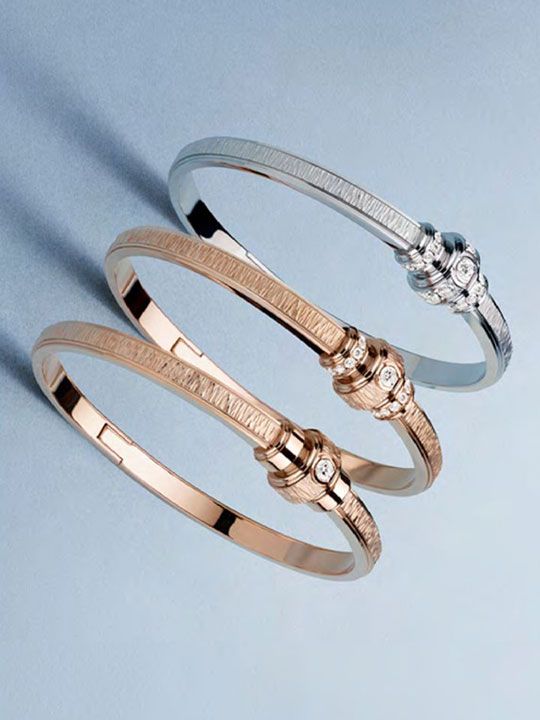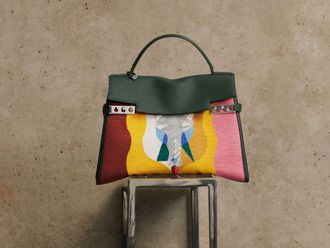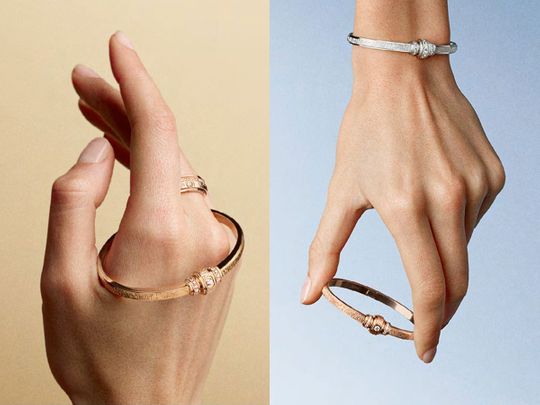
Byline: Lara Bazzoui
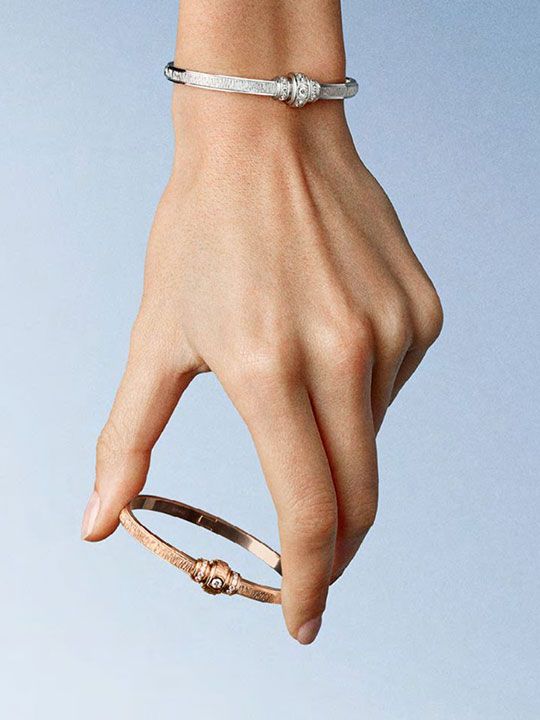
Piaget, famed as a luxury watchmaker and jewelry Maison, is once again pushing the boundaries of creativity and craftsmanship with the introduction of their latest creation - the Possession Palace Décor collection. This new line pays tribute to Piaget's heritage while infusing a fresh and daring spirit into its iconic Palace Décor technique.
From the very first glimpse, it's evident that Piaget has poured its signature style and gifted craftsmanship into these new pieces. The collection showcases intricate details, bold design, and the timeless allure of precious metals and stones. Each piece, whether it's a ring or a bangle, carries the essence of Piaget's dedication to excellence.
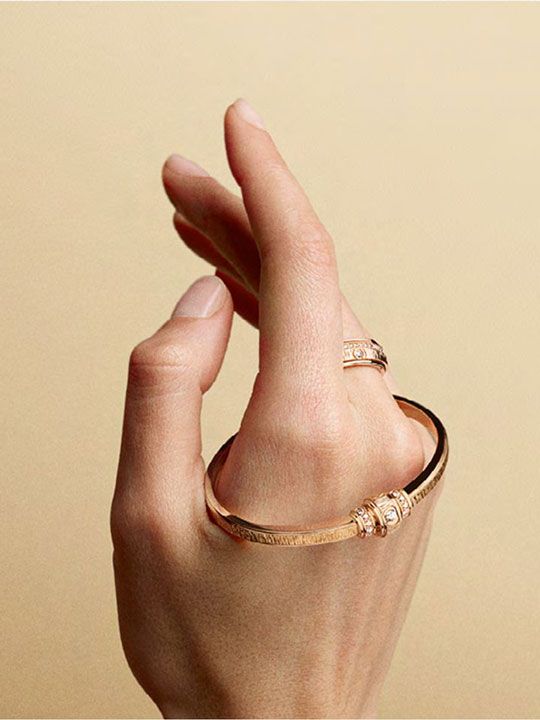
The Possession Palace Décor ring, a centerpiece of the collection, can be worn on various fingers, each placement offering a unique perspective and style. The spinning band adds an element of playfulness, allowing wearers to create their own moments of serenity and reflection.
These rings come in various designs, featuring an array of diamonds and sapphires set in rose gold or white gold. The central diamond is held between two brackets, giving it a striking prominence. Some versions feature rows of pavé diamonds or Palace Décor engraving, adding a modern and luxe touch.
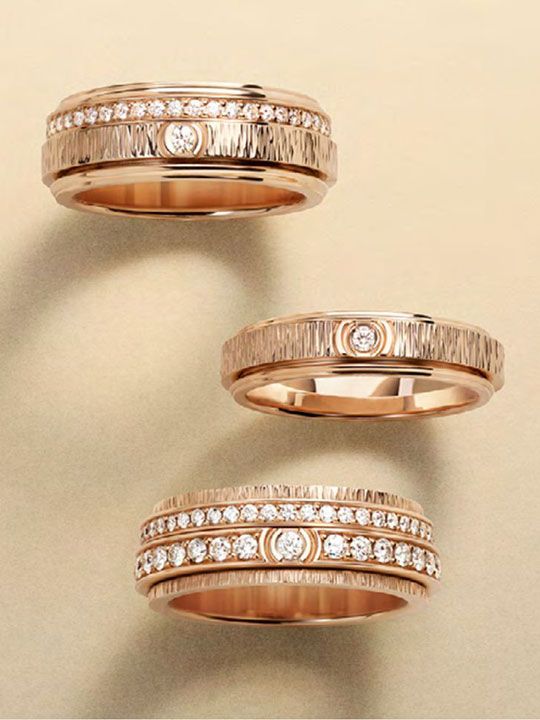
However, the crowning jewel of the collection is the bangle, available in three versions, including two gold models adorned with diamonds. The Palace Décor design graces the bangle's body, the mini spinning band, and the central diamond, creating a harmonious blend of artistry and elegance.
One of the most remarkable features of this collection is the discreet opening system for the bangle. Piaget's goldsmiths ingeniously designed a small, invisible spring on the inside, ensuring both functionality and aesthetics.
The collection's use of Palace Décor, a gold engraving technique inspired by guilloché, adds depth and texture to the precious metal. It's a technique that has been a part of Piaget's heritage since the 1960s and continues to shine as a symbol of sophistication and daring creativity.
